Thanh Hoa Mr. Luong Viet Loi was the only Vietnamese person to participate in a 6-month expedition, crossing 5,500 miles across the Pacific Ocean on a raft made from bamboo.
On the first day of the new year, Mr. Loi, 65 years old, sat in a small house in Truong Son ward, Sam Son city, reminiscing about the trip 31 years ago. He took out a thin blanket - a souvenir from his youthful adventure - to look at it, then carefully folded it and put it away in the closet.
"The trip gave me amazing and once-in-a-lifetime experiences to explore my limits as well as survival skills in the vast ocean," said Mr. Loi.
On May 17, 1993, Mr. Loi was selected by explorer Tim Severin (1940-2020, Irish) to make a planned voyage of about 6,400 miles, about 10,000 km across the Pacific Ocean from Hong Kong to the United States.
The expedition is described in detail in the book The China Voyage by Tim Severin, published in English in 1994. Translators Do Thai Binh and Vu Dieu Linh translated the book in 2014, titled Vietnamese Bamboo Raft Travelogue 5,500 Miles Across the Pacific.
The purpose of the trip, according to Tim Severin, was to test the theory that about 2,000 years ago Asians reached America on simple rafts.
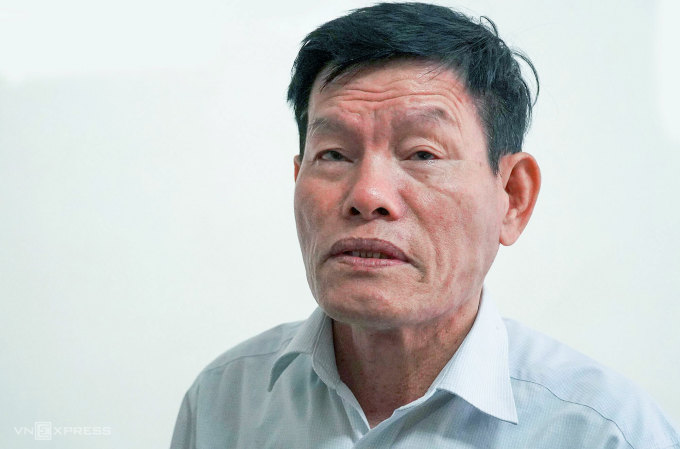
Mr. Luong Viet Loi. Photo: Le Hoang
After careful research on the way fishermen sailed along both sides of the Pacific Ocean, Tim Severin decided to go to Sam Son to learn about the bamboo rafts fishermen used to go out to sea to catch seafood. In 1992, Tim hired local workers to build a test raft.
20 workers built the 10-meter long, 3-meter wide raft, completed in about three weeks. Tim Severin and 6 fishermen boarded the raft for a 4-hour test run at sea. "We ran back and forth, Tim observed, took careful notes, then gave a satisfactory assessment," Mr. Loi recounted.
In September 1992, Tim returned to Sam Son with the determination to build a complete raft to cross the Pacific Ocean as planned. Mr. Loi, who was both a seafarer and a carpenter at the time, was hired to help build the raft.
From about 500 mature, evenly sized bamboo trees collected in the mountainous district of Quan Hoa, the group of workers selected 320 suitable trees as the main material to build the raft along with sawn timber. "At that time, the Sam Son coast adjacent to Doc Cuoc temple was like a factory with about 40 workers working day and night," recalled Mr. Nguyen Huu Hop, 64, one of the raft builders. Every day, workers like Mr. Hop and Mr. Loi were paid one USD.
From the experience passed down from their ancestors, the Sam Son craftsmen have peeled off the outer bark of the bamboo and then soaked it in a mixture of neem leaves and lime water to prevent termites and ensure durability. They meticulously use paint extracted from forest trees to paint the bamboo to prevent moss and water from seeping through the sea.
After about three months, the bamboo raft, which is more than 18 meters long, 4.6 meters wide, and weighs about 4 tons, is completed, made from three layers of bamboo. The bamboo trees are tied completely with rattan and bamboo strips. It is estimated that to complete the body of the raft, the team used 46 kilometers of rattan, tying more than 3,000 knots. The raft is also designed with additional sleeping compartments for the crew, a place to store food, a kitchen, a rattan and bamboo storage, etc.
"In my life, I have built dozens of bamboo rafts for fishermen to go to sea, none of which are as big and sturdy as Tim's raft to cross the Pacific Ocean," said Mr. Loi.
>>Scene of Tu Phuc raft building on Sam Son beach in 1993
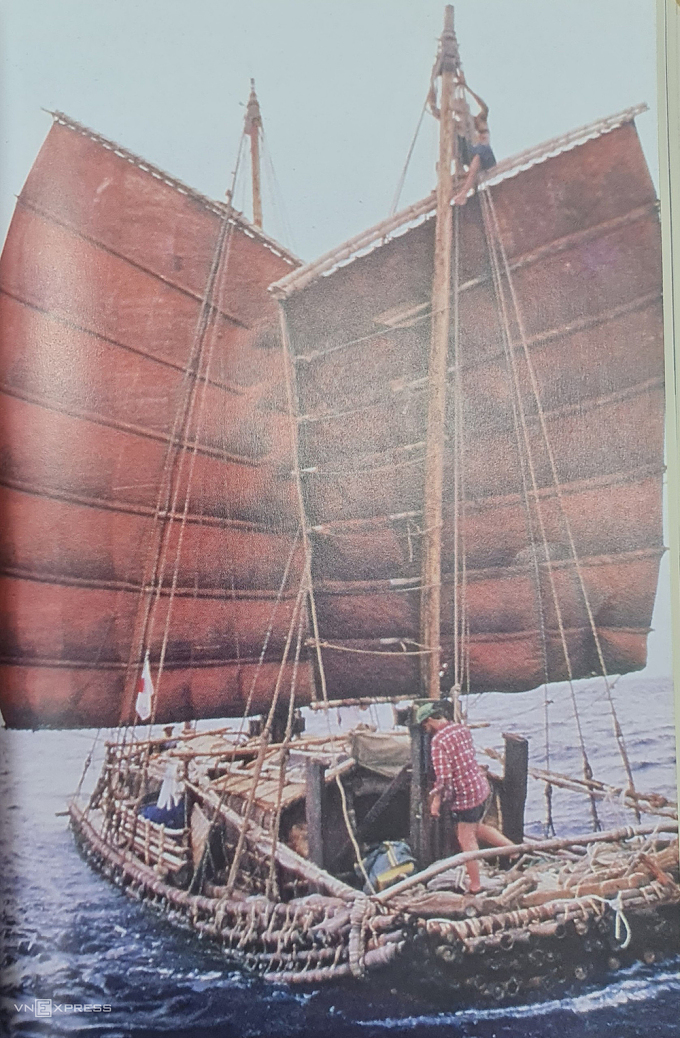
The raft was used by Tim and his expedition team on a 5,500-mile journey across the Pacific Ocean in 1993. Photo: Archive
The raft was launched on March 16, 1993. Hundreds of people pulled and pushed it to get it into the water. It took about 8 hours for the raft to slide away from the shore. Tim Severin then hired a tugboat to take the raft to Quang Ninh to install sails and complete the final details. The work in Vietnam ended on April 10, 1993.
Admitting that he was strong, agile and adventurous, during the process of building the raft and testing it, Mr. Loi secretly wished to join the trip across the Pacific Ocean. Tim Severin also secretly searched for a Vietnamese sailor to be the captain, who could support the voyage in anticipation of facing many storms. When Tim asked "Can Loi go?", he immediately affirmed: "Tim can go, Loi can go too."
When he learned he had been selected, Mr. Loi ran straight home to tell his wife and children the news. Relatives tried to dissuade him because they were worried about the long trip and the potential risks. Mrs. Nguyen Thi Moc, Mr. Loi's wife, said she cried a lot because she was worried about her 33-year-old husband, the breadwinner of the family, and their three young sons, but in the end "no one could stop him."
Saying goodbye to his wife and three young children, Mr. Loi got his passport and eagerly boarded the flight to Hong Kong as promised by Tim. After the raft was completed in Quang Ninh, Tim hired a ship to transport it to Hong Kong - the place the expedition chose as the starting point for the trip to America.
According to Mr. Loi, the team leader Tim and the engineers calculated that to travel about 6,400 miles to America, each person needed to bring a ton of food and necessities, mainly fresh water. After fully preparing, on May 17, 1993, Mr. Loi and the explorers boarded a raft named Tu Phuc, planted the Vietnamese and Irish flags, and set sail to begin the journey.
On the raft were Tim, Joe, Loi, Mark and Geoffrey Dobbs. The oldest was Tim, 53 years old, the youngest was Joe Beynon, 28 years old. Each person had a task. Tim was the leader, and Mr. Loi, with his extensive seafaring experience, was assigned to be the captain.
The biggest difficulty for Mr. Loi was communication because he "didn't know a word of English". In the early days, he communicated with the crew using gestures. Tim then gave Joe a dictionary and assigned it to teach Mr. Loi English. Whenever he had free time or during meals, Mr. Loi was taught foreign languages. After only about a month, he "became fluent in broken English".
"I prioritize learning any words related to seafaring and daily activities first," said Mr. Loi.
Next: 5,500-mile journey across the Pacific on a raft
Source link






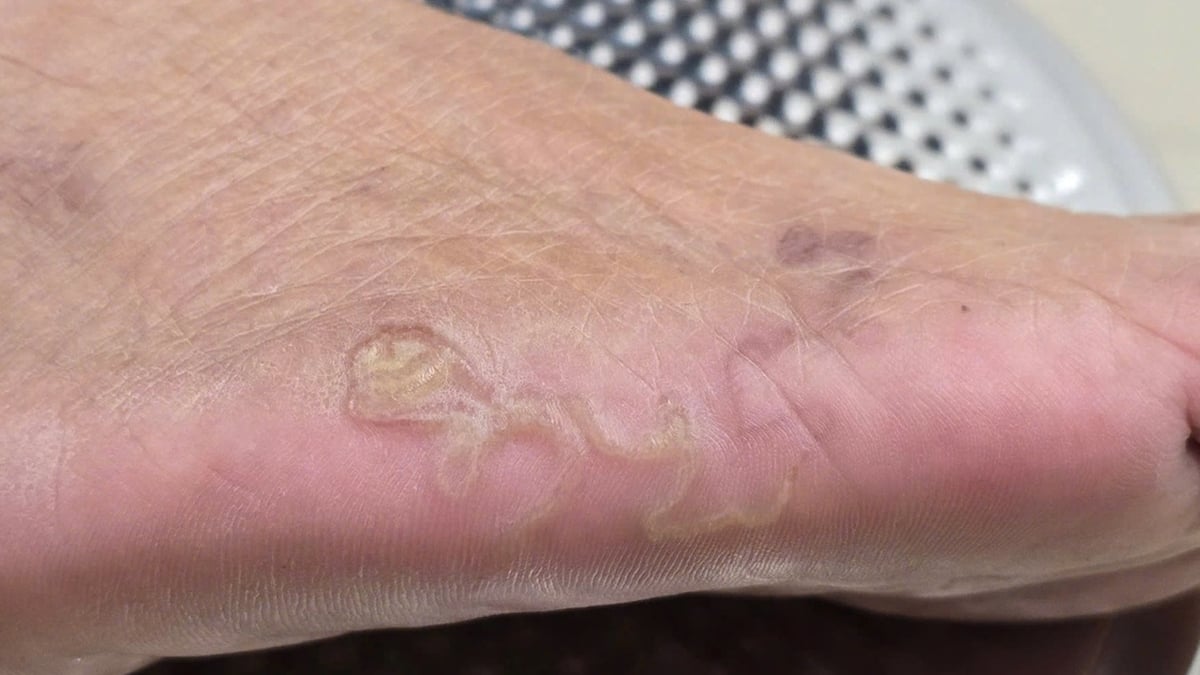



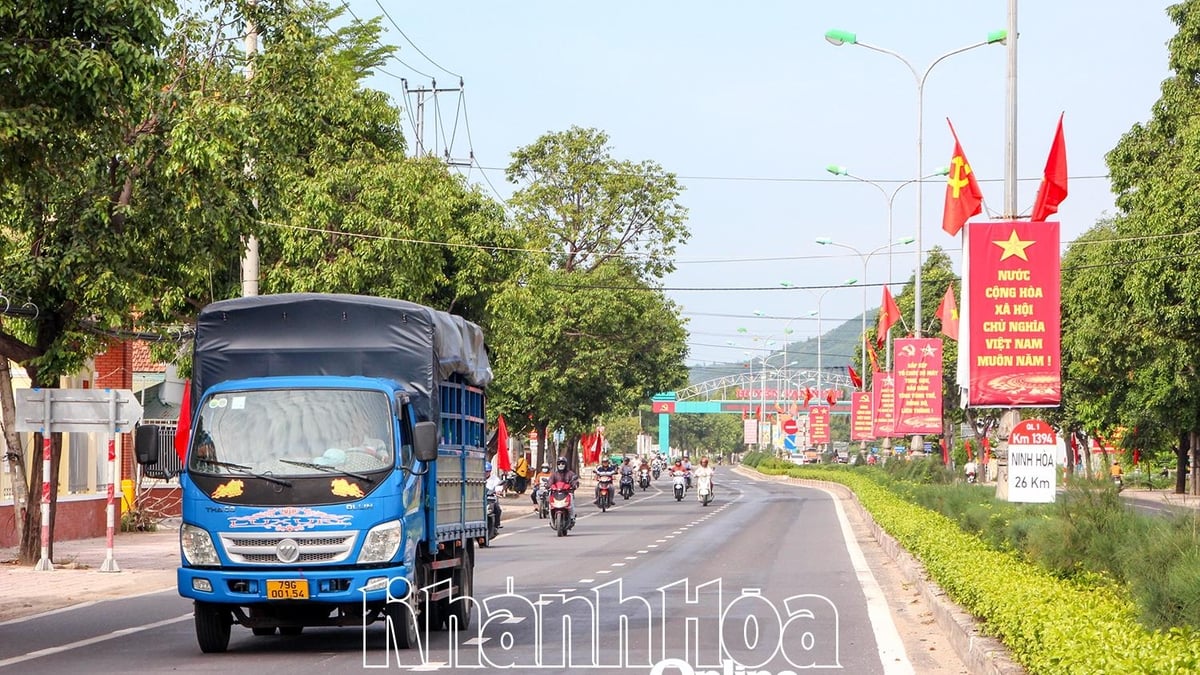













































![[Maritime News] Container shipping faces overcapacity that will last until 2028](https://vphoto.vietnam.vn/thumb/402x226/vietnam/resource/IMAGE/2025/7/30/6d35cbc6b0f643fd97f8aa2e9bc87aea)









































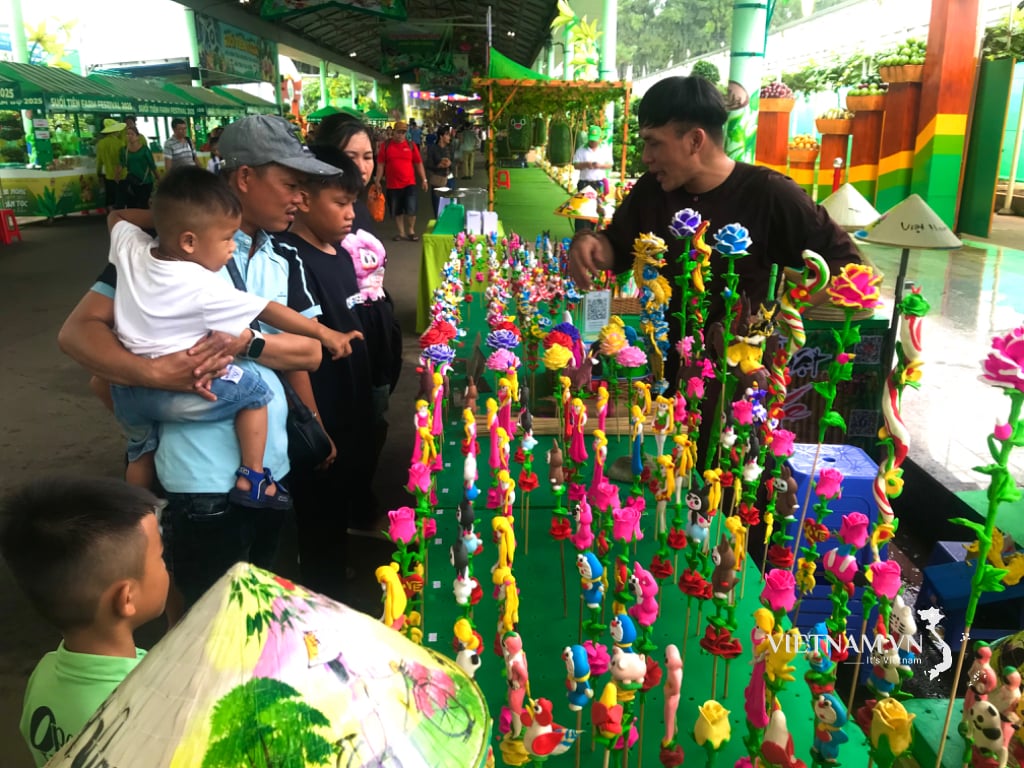

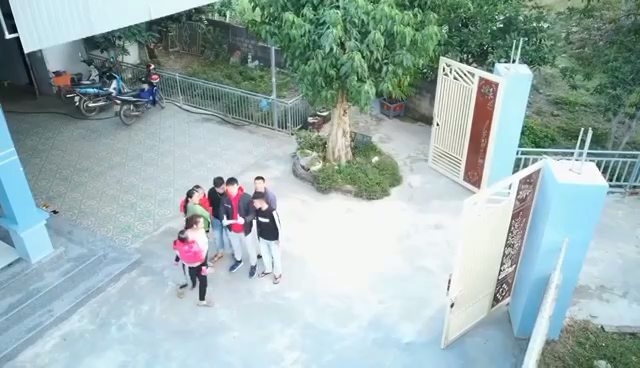

Comment (0)